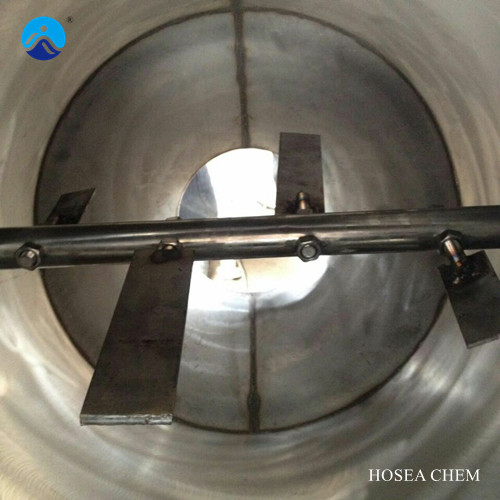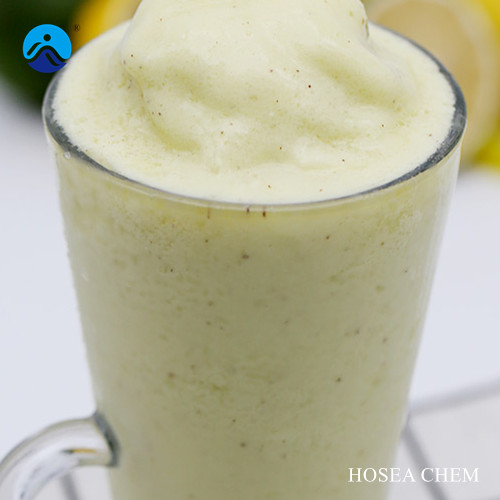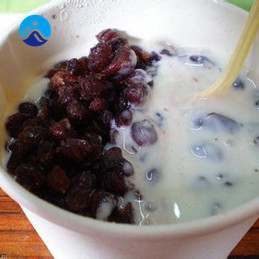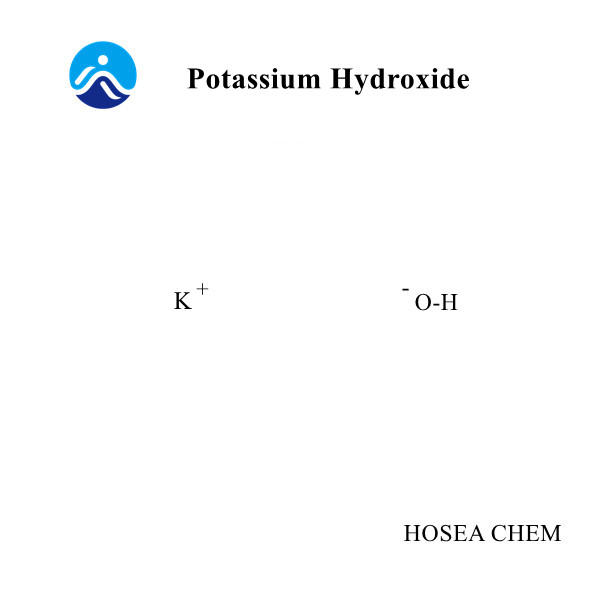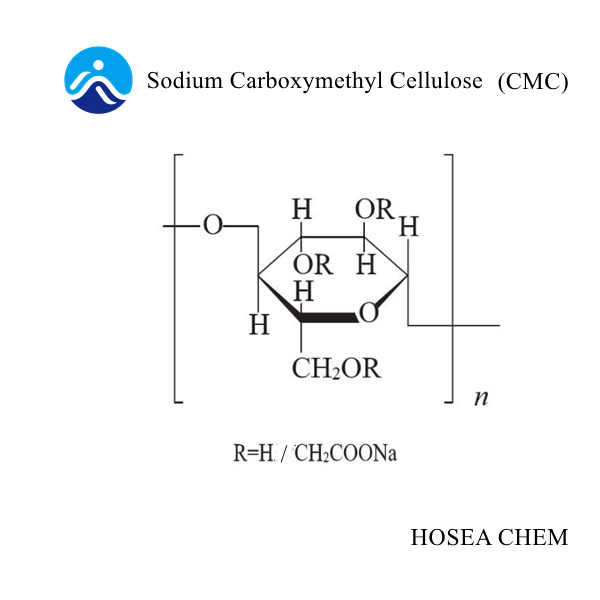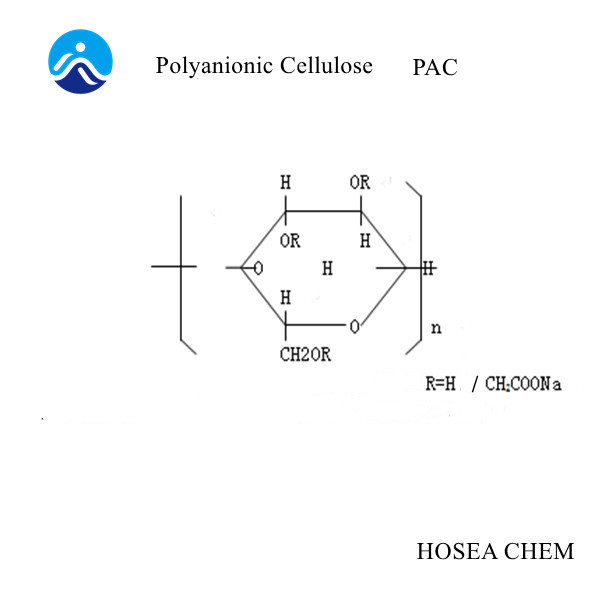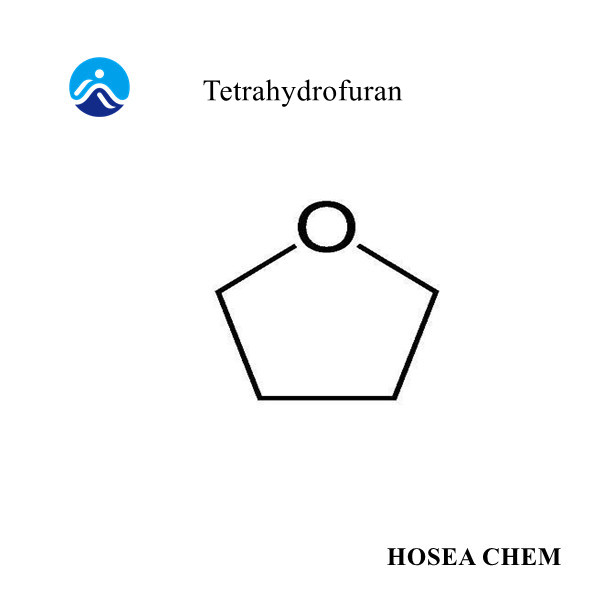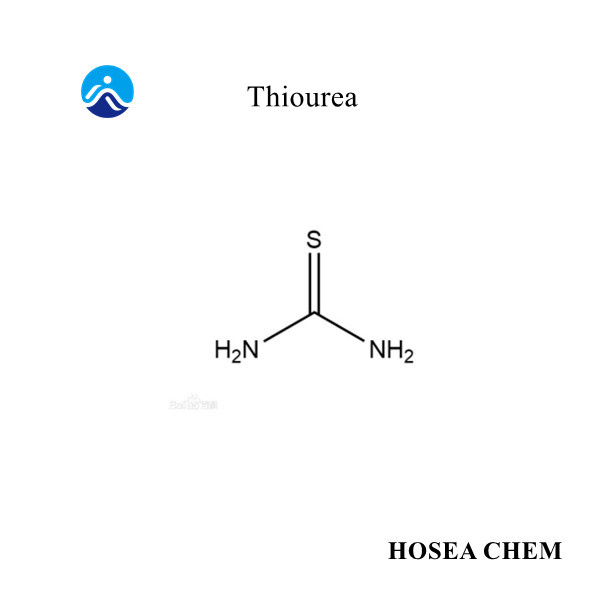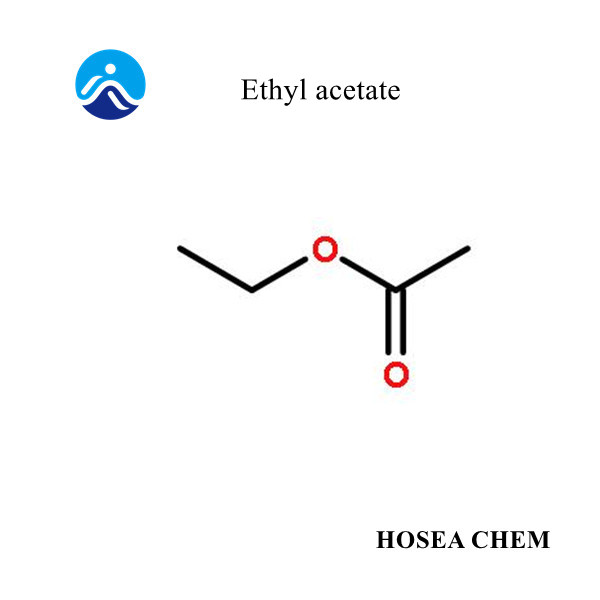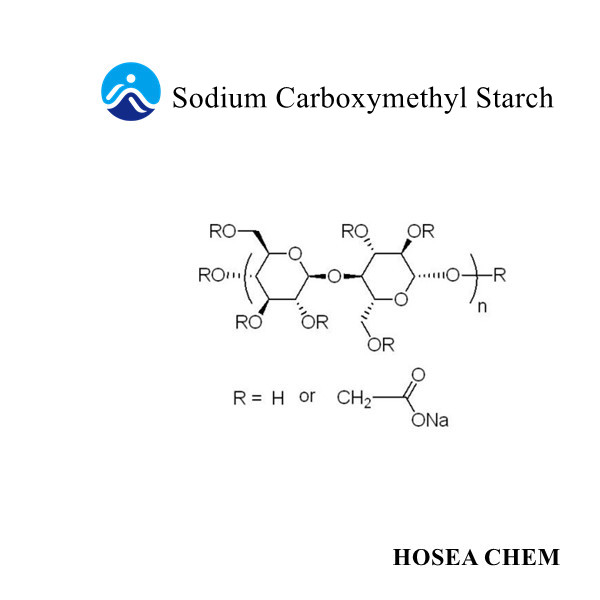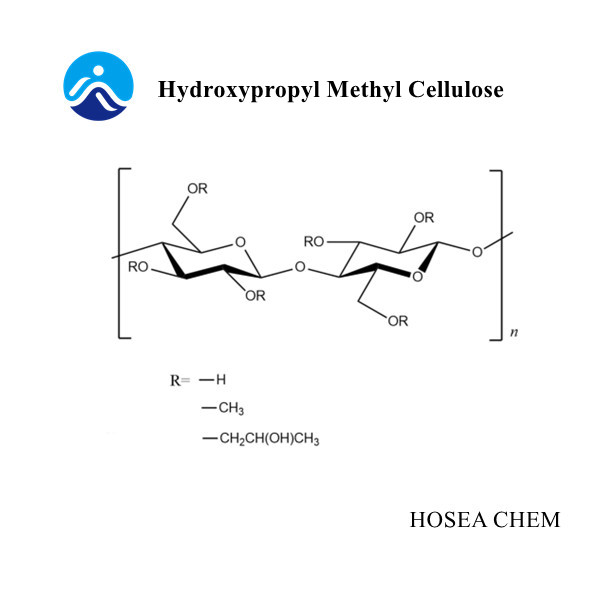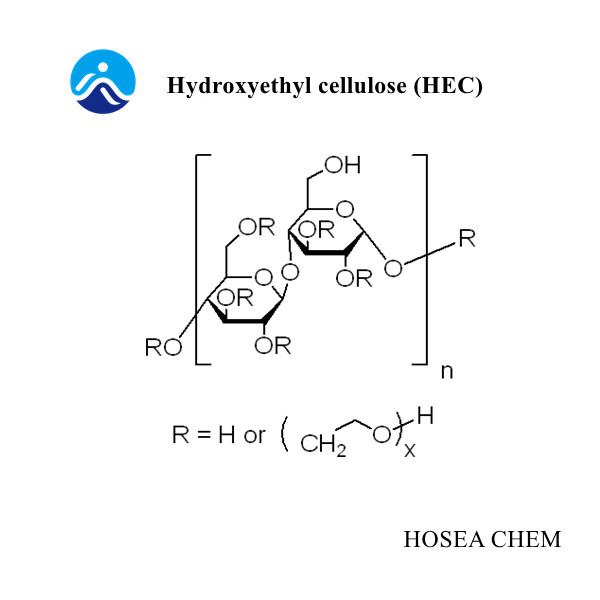The usage and contraindications of sodium carboxymethyl cellulose (CMC)
2021-11-171. Mix the sodium carboxymethyl cellulose CMC directly with water and prepare it into a paste-like glue for use.
When configuring the sodium carboxymethyl cellulose CMC paste, first add a certain amount of clean water into the batching tank with a stirring device, and when the stirring device is turned on, sprinkle the CMC slowly and evenly into the batching tank. Stir continuously to make the sodium carboxymethyl cellulose CMC and water completely fuse, and the CMC can be fully melted. When dissolving the sodium carboxymethyl cellulose CMC, the reason why it is necessary to evenly spread and stir continuously is to prevent the occurrence of agglomeration and agglomeration when the sodium carboxymethyl cellulose CMC meets water and reduce the carboxymethyl group. The problem of the dissolution of sodium cellulose CMC" and increase the dissolution rate of sodium carboxymethyl cellulose CMC.
The stirring time is not the same as the time for the sodium carboxymethyl cellulose CMC to completely melt. They are two concepts. Generally speaking, the stirring time is much shorter than the time required for the complete melting of the sodium carboxymethyl cellulose CMC. The time required by the person depends on the specific situation.
The basis for determining the stirring time is: when the sodium carboxymethyl cellulose CMC is uniformly dispersed in water and there is no obvious large agglomerate, the stirring can be stopped, and the sodium carboxymethyl cellulose CMC and water are allowed to stand still. In the state of mutual penetration and integration.
The basis for determining the time required for the complete dissolution of sodium carboxymethyl cellulose CMC is as follows:
(1) Sodium carboxymethyl cellulose CMC and water are completely bonded, and there is no solid-liquid separation between the two;
(2) The mixed paste is in a uniform state, and the surface is flat and smooth;
(3) The color of the mixed paste is close to colorless and transparent, and there are no granular objects in the paste. From the time when the sodium carboxymethyl cellulose CMC is put into the batching tank and mixed with water, to the complete dissolution of the sodium carboxymethyl cellulose CMC, the time required is between 10 and 20 hours.
2. The sodium carboxymethyl cellulose CMC is first mixed with dry raw materials such as white sugar in the form of a dry method, and then poured into water to dissolve.
During operation, first put the sodium carboxymethyl cellulose CMC with white granulated sugar and other dry raw materials in a certain proportion in a stainless steel mixer, close the top cover of the mixer, and keep the materials in the mixer in an airtight state. Then, turn on the mixer to fully mix the sodium carboxymethyl cellulose CMC and other raw materials. Then, sprinkle the mixed sodium carboxymethyl cellulose CMC mixture slowly and evenly into the mixing tank filled with water, and stir continuously. The subsequent operations can refer to the first dissolution method mentioned above.
When using sodium carboxymethyl cellulose CMC in liquid or pulpy foods, it is best to homogenize the mixture in order to obtain a more delicate tissue state and stabilization effect. The pressure and temperature used during homogenization should be determined according to the characteristics of the material and the product quality requirements. After the sodium carboxymethyl cellulose CMC is formulated into an aqueous solution, it is best to store it in ceramic, glass, plastic, wooden and other types of containers. Metal containers, especially iron, aluminum, and copper containers are not suitable for storage.
Because, if the CMC aqueous solution of sodium carboxymethyl cellulose is in contact with the metal container for a long time, it is easy to cause deterioration and viscosity reduction. When the aqueous solution of sodium carboxymethyl cellulose CMC coexists with lead, iron, tin, silver, aluminum, copper and certain metal substances, precipitation reaction will occur, which will reduce the actual quantity and quality of sodium carboxymethyl cellulose CMC in the solution. If it is not necessary for production, try not to mix calcium, magnesium, salt and other substances in the CMC aqueous solution of sodium carboxymethyl cellulose. Because, when the CMC aqueous solution of sodium carboxymethyl cellulose coexists with calcium, magnesium, salt and other substances, it will reduce the viscosity of the CMC solution of sodium carboxymethyl cellulose. The prepared CMC aqueous solution of sodium carboxymethyl cellulose should be used up as soon as possible. If the sodium carboxymethyl cellulose CMC aqueous solution is stored for a long time, it will not only affect the adhesive properties and stability of the sodium carboxymethyl cellulose CMC, but also suffer from microbes and pests, thereby affecting the sanitary quality of the raw materials.
However, some thickeners are dextrins and modified starches produced by starch hydrolysis. They are non-toxic and harmless, but they are as easy to raise blood sugar as white sugar, and may even cause more severe blood sugar reactions. Some consumers have increased blood sugar after drinking sugar-free yogurt, which is probably caused by thickeners, not because of the inherent lactose content in milk, because natural lactose does not cause a rapid increase in blood sugar. Therefore, before buying sugar-free products, be sure to read the ingredient list to prevent the influence of thickeners on blood sugar.
